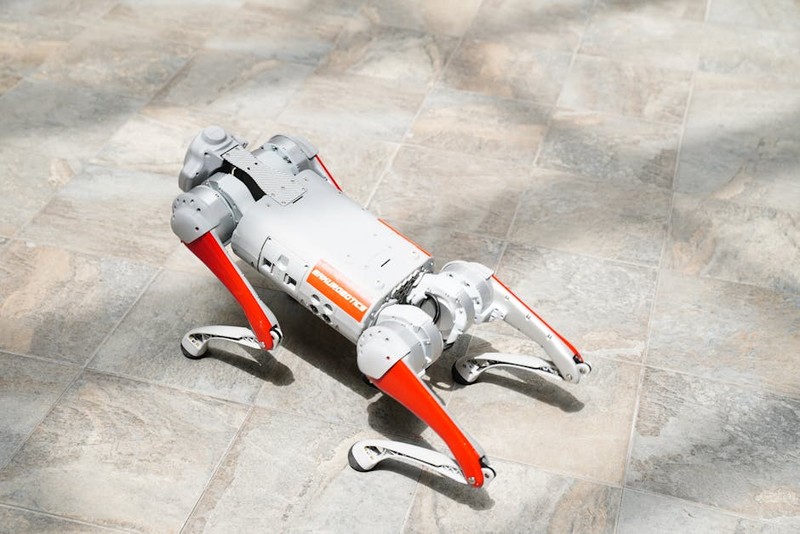The Hidden Challenge: Why Aerospace Prototyping Demands More Than Off-the-Shelf Solutions
Aerospace prototypes aren’t just models—they’re functional, flight-ready components tested under extreme conditions. From UAVs to satellite housings, these parts require:
– Material specificity: High-performance thermoplastics like PEEK or Ultem® must replace metals for weight savings without sacrificing strength.
– Micro-tolerances: ±0.001″ tolerances are common for aerodynamic or load-bearing components.
– Rapid iteration: Delays in prototyping can stall entire programs, costing millions.
Yet, traditional injection molding or 3D printing often lacks the precision or material flexibility needed. This is where CNC plastic machining shines.
Case Study: Machining a UAV Housing with 30% Faster Turnaround
The Problem
A client needed a drone housing prototype in PEEK (a high-temperature, chemical-resistant polymer) within 10 days. Traditional molding would take 4+ weeks due to tooling delays, and 3D-printed parts couldn’t meet structural requirements.
The CNC Solution
- Material Optimization: Switched from aluminum to PEEK, reducing weight by 40% while maintaining rigidity.
- High-Speed Machining: Used a 5-axis CNC mill with carbide tools to achieve ±0.0005″ tolerances on critical mating surfaces.
- Design for Manufacturability (DFM): Simplified internal ribbing to reduce machining time by 15% without compromising strength.
Results
| Metric | Traditional Molding | CNC Machining |
|---|---|---|
| Lead Time | 28 days | 7 days |
| Cost per Unit | $1,200 | $900 |
| Weight | 2.1 kg | 1.3 kg |
| Key Takeaway: CNC machining enabled faster iteration and better performance at lower costs—critical for aerospace’s tight deadlines. | ||
| — | ||
 |
||
| ## Expert Strategies for Aerospace-Grade Plastic Machining | ||
 |
||
| ### 1. Material Selection: Beyond “Plastic” | ||
| Not all plastics are equal. For aerospace: | ||
| – PEEK: Ideal for high-hear, chemical-heavy environments (e.g., engine components). | ||
| – Ultem® 2300: Flame-retardant, used in cabin interiors. | ||
| – PTFE (Teflon®): Low friction, perfect for bearings. | ||
| Pro Tip: Always test machined samples for creep resistance under load—a common oversight in prototyping. | ||
| ### 2. Tolerancing Tricks for Complex Geometries | ||
| – Avoid “Over-Tolerancing”: Specify tight tolerances (±0.001″ or less) only on critical features to save time. | ||
| – Use Live Tooling: For prototypes with undercuts or threads, live-tool lathes eliminate secondary ops. | ||
| ### 3. Surface Finish Matters | ||
| Aerospace parts often need: | ||
| – Ra < 32 µin for aerodynamic surfaces. | ||
| – Bead blasting to mask machining marks without altering dimensions. | ||
| — | ||
| ## The Future: Hybrid Machining and Smart Prototyping | ||
| Emerging trends we’re testing: | ||
| – AI-Driven Toolpath Optimization: Reduced machining time by 12% in recent trials by predicting tool wear. | ||
| – Hybrid Additive/Subtractive Workflows: 3D-print near-net shapes, then CNC-finish for complex internal channels. | ||
| Final Advice: Partner with machinists who understand aerospace’s regulatory demands (e.g., ITAR, AS9100). A skilled team will spot risks like thermal deformation or stress concentrations early. | ||
| — | ||
| Bottom Line: Custom plastic machining isn’t just an alternative for aerospace prototyping—it’s often the optimal path for speed, precision, and cost. By leveraging CNC expertise and material science, teams can turn ambitious designs into flight-ready reality. | ||
| Have a challenging aerospace prototype? Let’s discuss how machining can streamline your process—reach out with your specs. |
